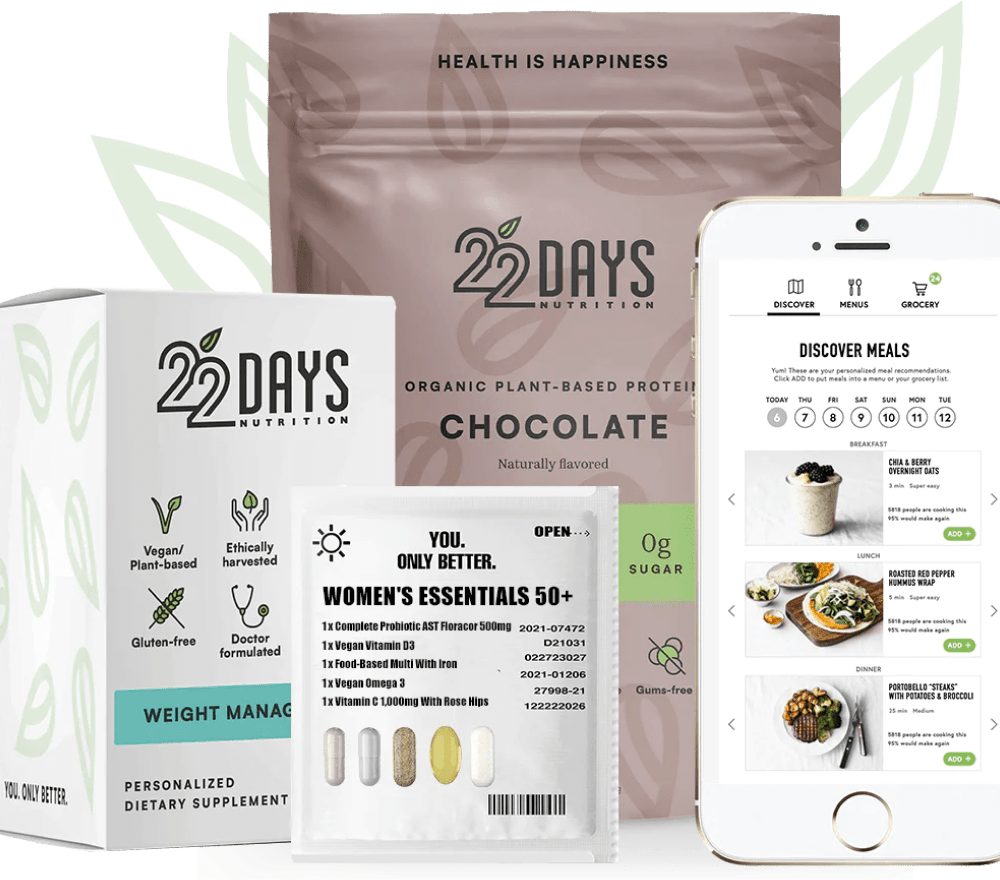Brown Rice Protein 101: How Does It Compare?
Brown rice protein? Pea? Hemp? The list of protein supplements can go on and on. Although plenty of options exist, it’s hard to tell which source is best for you and your needs. There are so many products and brands in the industry that identifying clean and complete protein sources can be difficult.
Complete protein sources are vital for muscle growth, recovery, and overall nutrition. Without reliable sources of protein, your health will suffer and you won’t be able to maximize your fitness gains.
In this article, we break down two of the main sources of plant protein powders (brown rice and pea), and we describe why pea protein is often the better choice for your dietary and performance needs.
Pea Protein & Brown Rice Protein
While whey and casein protein are common household names, brown rice and pea protein are two other quality plant-based protein supplements that are vegan and soy-free.
Although people often think that brown rice and pea protein are both equally as effective, unfortunately, that’s not the case. Brown rice is an incomplete protein, which we will explain in more detail below.
Complete vs. Incomplete Proteins
Amino acid structure determines the effectiveness of a protein for muscle growth. Proteins are generally divided into two main categories: complete and incomplete proteins. Complete proteins contain all the amino acids necessary for your body to promote muscle development and fat loss.
On the other hand, incomplete proteins lack some of the key amino acids that your body needs to build muscle.
Ideally, it’s best to get protein supplements that are complete proteins because they can provide your body with all the right amino acids.
Is Brown Rice a Complete Protein?
Rice protein—brown rice or white rice—is not a complete protein. Since it will not provide all the essential amino acids that your body needs, it should be combined with other protein sources to provide maximum benefits. If you’re looking at protein powder in particular, pea protein is the best alternative.
So, why is rice protein often the main protein source found in different protein supplements? This is typically because of the inexpensive cost.
Interestingly, many protein powder brands actually combine rice and pea protein in a process designed to cut costs and save the bottom line. However, this strategy is ultimately inefficient for the user because pea protein by itself is a complete protein, containing all essential amino acids and BCAA’s. It’s best to get a product that is made entirely from pea protein.
Whey and pea protein have the same amount of protein, a nearly identical amount of carbs, and almost the same fat content. Although whey protein contains slightly more BCAA’s than pea protein, pea protein is still a great, complete source of protein.
To combat this, the 22Days Protein Powders include sacha inchi and flaxseed to help boost BCAA levels.
Brown Rice Protein Alternatives
So why do many protein supplement brands utilize brown rice protein? Like we mentioned earlier, a big reason is because rice is cheap. Including rice protein allows companies to increase the total amount of protein in the supplement at a cheaper price.
The problem is that total protein doesn’t matter as much as the quality of the protein that you’re intaking. To really fuel muscle growth, loss of fat, and muscle recovery, you need to intake not just a lot of protein, but good quality of protein.
This is why it’s important to make sure you’re eating complete proteins, especially when following a plant-based diet (for example, pairing rice and beans together is a complete protein rather than eating rice by itself).
If you only eat plant proteins, it’s best to choose pea protein powder as opposed to brown rice protein.
Although brands can successfully combine rice protein with pea protein, it’s often too hard to tell the ratio between the two. In fact, it’s likely that these protein powders are filled with way more rice protein and very little pea protein.
As a result, these don’t provide your body with the best amino acid profile.
Not only is rice protein not as nutritionally robust as pea protein, but it’s also been linked to digestive and gastrointestinal (GI) issues and has a higher likelihood of possessing toxins, metals, and even arsenic.
Pea Protein: The Benefits
Pea protein has tons of nutritional benefits that make it a better protein source than brown rice protein.
Moreover, pea protein has performed well in research studies, and is even comparable to whey protein in terms of its content of leucine. Various studies have shown that individuals experience similar body transformations (i.e. improve their ratio of muscle to body fat) when they intake pea protein as opposed to whey protein.
What’s the bottom line? Compared to brown rice protein, pea protein is the best vegan protein powder alternative. It gives you all the amino acids you need, along with other health benefits that are comparable to whey protein and better than brown rice protein.




